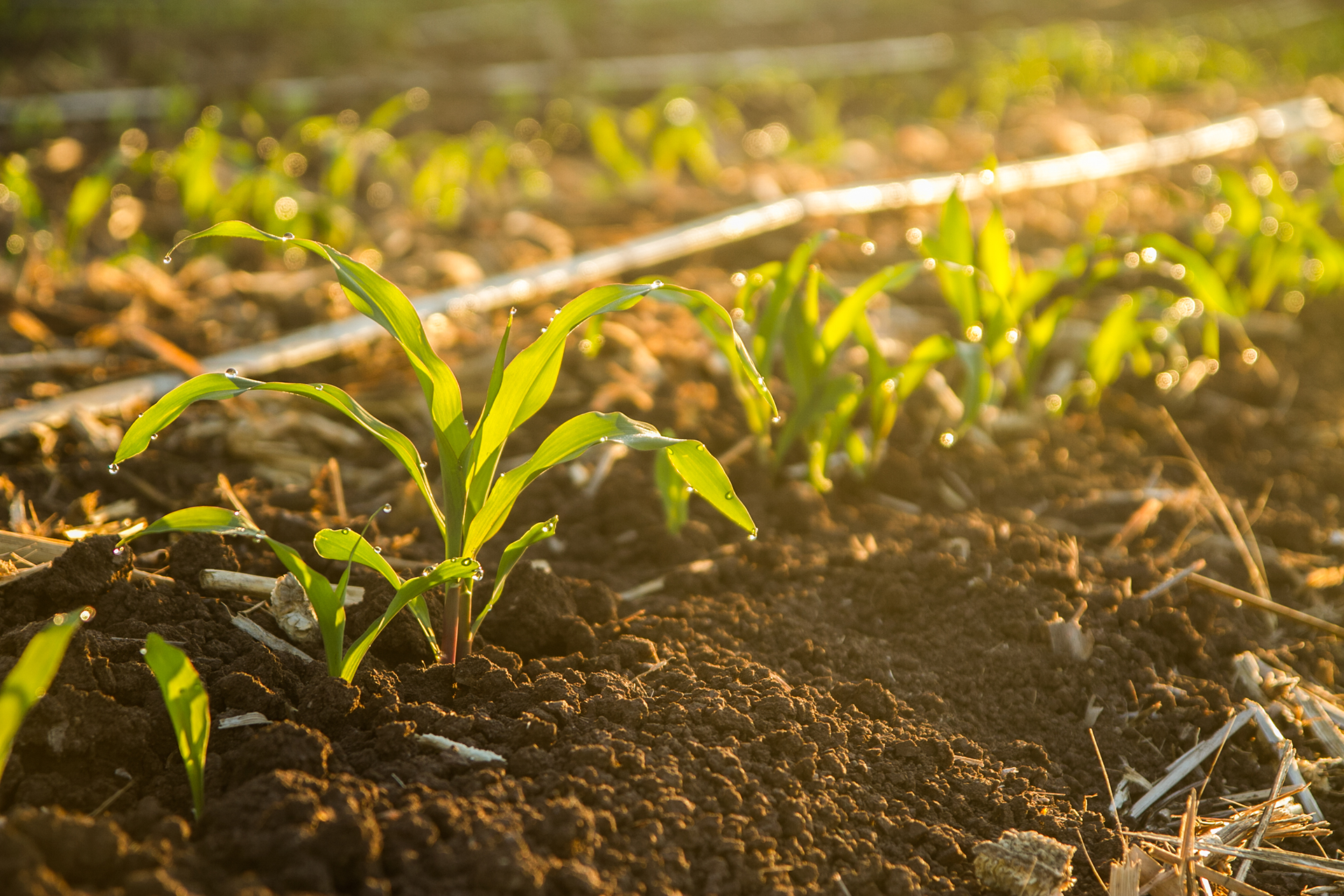Quote: Daneel Rossouw, Head of Sales: Agriculture at Nedbank Commercial Banking
Headline consumer inflation numbers released today show a slowdown from 3,8% in September 2024 to 2,8% in October that is the lowest since February 2021. Factors contributing to the downward pressure are mainly a decline in transport costs due to lower fuel prices, and a decline in food and non-alcoholic beverage prices.
Food and non-alcoholic beverage inflation fell to 3,6% after remaining steady at 4,7% in August and September as a result of lower food prices, which eased to 2,8% year-on-year, its slowest pace since May 2019. Most of the food categories, including vegetables, dairy, poultry, and bread and cereals showed a decline. However, the slowdown is largely contributed to elevated food price inflation during the same period last year, especially higher grain and egg prices in 2023. Currently our poultry product supplies have normalised and we have seen a recovery in vegetable supplies across the various fresh produce markets, which has a positive impact on prices.
The lower overall inflation, and lower food price inflation especially, normally benefit households across the income spectrum but particularly poor households as the only choice they normally have is to substitute expensive food with cheaper food or to buy less. Thus, lower inflation is a welcome bonus going into the festive period.
However, although we have seen lower inflation numbers in October, there is still upside inflation risk due to a much lower grain harvest, down 23% year-on-year, in the summer rainfall areas because of the mid-summer drought in 2024 – especially white maize, which is considered a staple crop. In addition, the change in the US economic policies during the next four years, the persisting international geopolitical tensions around the oil-producing regions, and the possibility of higher electricity tariffs and other administered prices might have a negative impact on SA’s food price inflation 2025 and beyond.
Source: Nedbank









